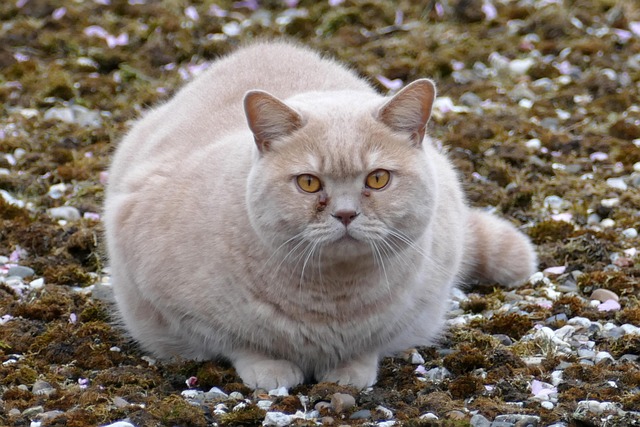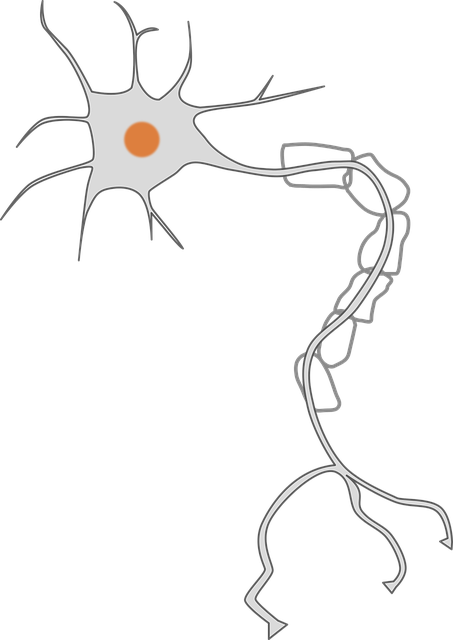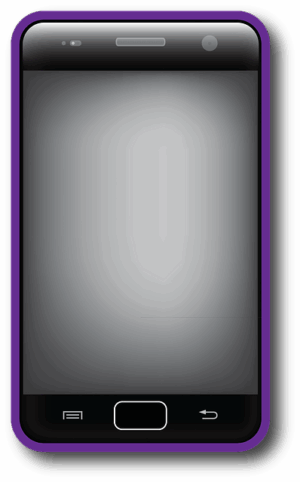Freeze fat cells (cryolipolysis) is a non-invasive body contouring procedure that targets and destroys unwanted fat cells by cooling them to sub-zero temperatures, leading to reduced fat deposits. Ideal candidates include individuals with localized fat deposits who maintain a healthy lifestyle and are committed to post-treatment diet and exercise. Qualified professionals conduct consultations, apply precise cold temperatures using FDA-approved equipment, and recommend post-treatment care for optimal results while minimizing risks like redness, swelling, and bruising. Understanding that gradual fat reduction takes time and emphasizing lifestyle changes for sustained results is crucial.
“Unlock your path to achieving a slimmer, more contoured physique with effective freeze fat cells treatment. This comprehensive guide delves into the science and art of fat freezing, exploring its potential as a non-invasive body contouring solution. From understanding fat cell biology to candidate selection, treatment procedures, safety considerations, and post-care guidance, we break down everything you need to know for optimal results. Discover how freeze fat cells can transform your figure, offering realistic expectations and visible outcomes.”
Understanding Fat Cell Biology: The Target for Fat Freezing

Fat freezing, or cryolipolysis, is a groundbreaking non-invasive procedure that targets and destroys fat cells. To understand its effectiveness, we must first grasp the biology of fat cells. Fat cells, also known as adipocytes, are responsible for storing energy in the form of lipids (fats). They expand when they accumulate more fat and shrink when they burn stored fat to release energy.
Fat freezing works by cooling the skin to sub-zero temperatures, causing fat cells to crystallize and rupture. This process is highly specific, as it primarily targets adipocytes while minimizing damage to surrounding tissues. Once frozen, these damaged fat cells are then naturally eliminated from the body over time, leading to a reduction in fat deposits in the treated areas.
The Science Behind Fat Freezing: How It Works

Fat freezing, or cryolipolysis, is a non-invasive fat reduction procedure that harnesses the power of cold to target and eliminate unwanted fat cells. The science behind it lies in the principle that fat cells are more vulnerable to low temperatures than other cell types in the body. During the treatment, targeted areas are cooled to sub-zero temperatures, causing the fat cells to crystallize and break down. This process is highly specific, as only fat cells are affected, making it a safe and effective method for contouring the body without surgery.
Once the fat cells have been frozen and broken down, they are naturally eliminated from the body by the lymphatic system. Over time, this results in reduced fat deposits in the treated areas. The procedure is commonly used to target stubborn fat bulges in places like the abdomen, love handles, thighs, and hips. It offers a non-surgical alternative for those seeking inch loss and a more sculpted silhouette.
Candidate Selection: Ensuring Optimal Results for Freeze Fat Cells

Candidate selection is a crucial step in achieving optimal results with fat freezing treatments. Not everyone is a suitable candidate for this procedure, and understanding individual factors is essential before proceeding. The ideal candidates are typically individuals who have localized fat deposits they wish to reduce and who maintain a healthy lifestyle. It’s important to consult with a medical professional to assess overall health, discuss any underlying conditions, and determine if fat freezing is the best course of action.
During the consultation, factors like skin thickness, body mass index (BMI), and areas to be treated should be considered. Fat freezing works best on individuals with good skin elasticity and those who are committed to a healthy diet and regular exercise post-treatment. Excluding certain medical conditions or taking specific medications may also impact eligibility. Proper candidate selection enhances the chances of successful and satisfying freeze fat cell results.
Treatment Procedures: Step-by-Step Guide to Effective Fat Freezing

Fat freezing, a non-invasive procedure, offers a promising solution for those aiming to shed unwanted fat. The process involves targeted cooling of fat cells, causing them to crystallize and subsequently die off. This method is both effective and safe when performed by qualified professionals.
The step-by-step guide begins with a comprehensive consultation to assess eligibility and determine treatment areas. Next, the practitioner applies a cooling device, often a handheld applicator, to specific parts of the body. This device delivers precise cold temperatures, freezing selected fat cells while preserving surrounding tissue. After the treatment, the frozen fat cells are broken down naturally by the body over the following weeks, resulting in reduced fat deposits. Multiple sessions may be required for optimal results, with each session focusing on different areas to ensure even and successful fat reduction.
Safety and Side Effects: Addressing Concerns for Freeze Fat Cells

When considering freeze fat cells as a body contouring option, safety and side effects are top concerns for any prospective client. It’s crucial to remember that while fat freezing is generally safe when performed by qualified professionals using FDA-approved equipment, no procedure is entirely free of potential risks. Some common temporary side effects include redness, swelling, bruising, numbness, and discomfort at the treatment area. These usually subside within a few days. More severe but rare complications may include skin damage or tissue death, though these are typically associated with improper technique or non-compliant equipment.
To mitigate these concerns, it’s essential to choose a reputable clinic that employs experienced practitioners and state-of-the-art technology. Before proceeding with freeze fat cells or any cosmetic procedure, schedule a consultation to discuss your specific goals and potential risks. A thorough assessment will help ensure you receive the safest and most effective treatment tailored to your needs.
Post-Treatment Care: Maximizing Results After Freeze Fat Cells

After a successful freeze fat cells procedure, proper post-treatment care is essential for maximizing results and ensuring your skin remains healthy. For the first 24 hours, it’s crucial to stay hydrated by drinking plenty of water to aid in the recovery process. Avoid strenuous activities or exercises that might cause discomfort or bruising. Applying a gentle, cooling gel or cream can help soothe any temporary redness or irritation at the treatment sites.
Remember to protect your skin from direct sunlight and excessive heat for at least a week post-treatment. This prevents further damage and facilitates faster healing. Additionally, maintain a balanced diet rich in antioxidants and vitamins to support collagen production, which aids in improving skin texture and reducing any potential side effects. Refrain from using harsh soaps or exfoliants on the treated areas until your practitioner advises otherwise.
Realistic Expectations: What to Expect from Freeze Fat Cells

When considering freeze fat cells as a body contouring solution, it’s essential to manage expectations. Unlike some marketing claims, fat freezing doesn’t magically melt away fat. Instead, it targets and crystallizes fat cells, causing them to break down over time. This process leads to gradual fat reduction, making areas like love handles, muffin tops, and chubby thighs slimmer.
Realistic results take several weeks or even months to become apparent, as the body needs time to metabolize and eliminate the broken-down fat cells. Additionally, freeze fat cells isn’t a one-size-fits-all treatment; outcomes vary based on factors like initial fat percentage, skin elasticity, and adherence to lifestyle changes. Maintaining a balanced diet and regular physical activity is crucial for enhancing and maintaining post-treatment results.
